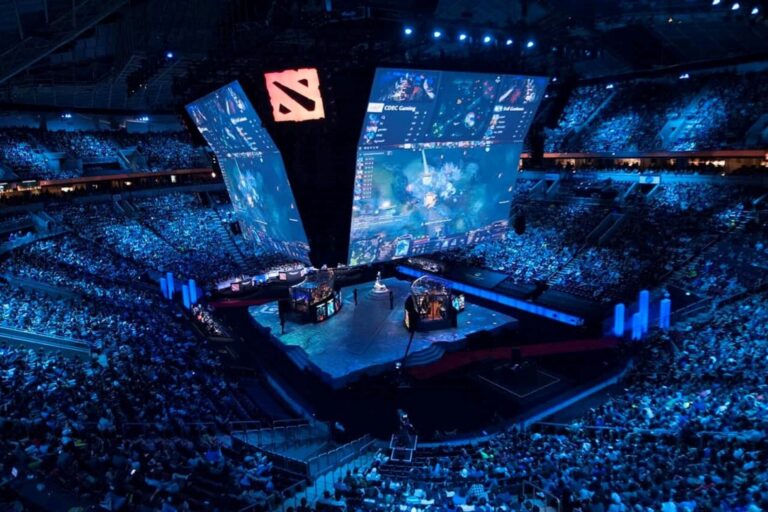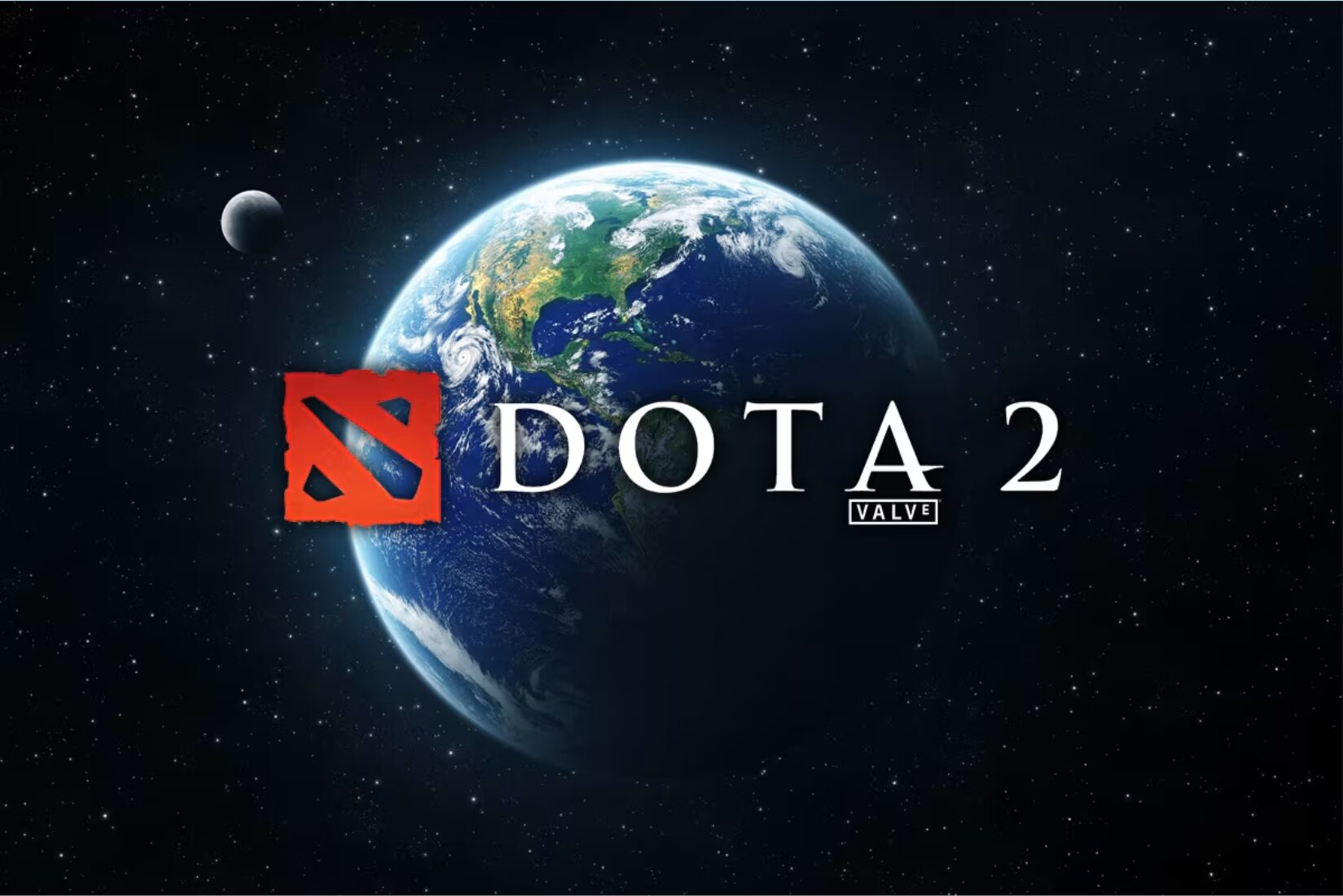
Over the past few years, match predictions have become an integral part of how fans and analysts experience Dota 2. Today, Dota2 match prediction tips are not simply about guessing which team will win; they are part of a more sophisticated framework that considers a variety of data points, including team momentum, player performance, and even meta shifts. The growth of esports betting platforms has further amplified the role of predictions, making them a point of discussion across fan communities, social media, and streaming platforms. For many viewers, analyzing predictions adds an extra layer of engagement to each match, creating a dynamic environment where statistical analysis, game knowledge, and intuition intersect.
Quick Look
Understanding the Core Elements of a Match Prediction

Effective predictions rely on a combination of factors, each adding depth to the overall assessment. Team form and performance serve as a foundational metric, highlighting streaks, consistency, and how squads handle high-pressure matches. Beyond team dynamics, player-specific data is crucial: KDA ratios, hero pools, and adaptability across different patches often determine whether a team can execute its strategies successfully. Draft analysis plays an equally critical role, as comfort picks and meta-relevant heroes can sway matches before the first engagement. Historical head-to-head records provide context, showing patterns of rivalry or dominance that can influence psychological confidence. Finally, external conditions, including fatigue from travel, LAN versus online play, and regional playstyle differences, add subtle yet impactful variables to predictions. Balancing these factors carefully is essential for making forecasts that reflect both statistical insight and real-world context.
The Tools That Power Modern Dota 2 Predictions
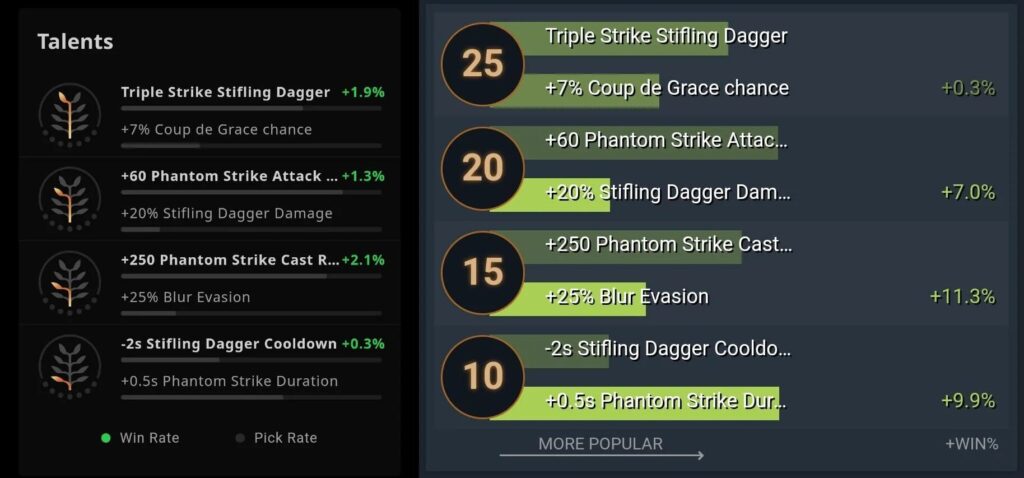
Image Source: Reddit
Today’s predictions are data-driven, relying on a combination of official stats, third-party platforms, and advanced analytics. Websites like Dotabuff, Stratz, and Spectral Stats provide granular player and team statistics, which allow analysts to track trends beyond simple win-loss ratios. Prediction platforms, such as Tips.gg or EGamersWorld, offer odds, forecasts, and community-driven insights that highlight where expert opinion aligns—or diverges—from crowd sentiment. Additionally, AI-driven predictive models are becoming increasingly sophisticated, processing hero matchups, draft compositions, and even live-game events to estimate win probabilities in real time. For analysts and dedicated fans, these tools transform match prediction from an exercise in speculation into a structured approach rooted in observable trends and measurable outcomes.
Strategies for Smarter, Data-Driven Predictions
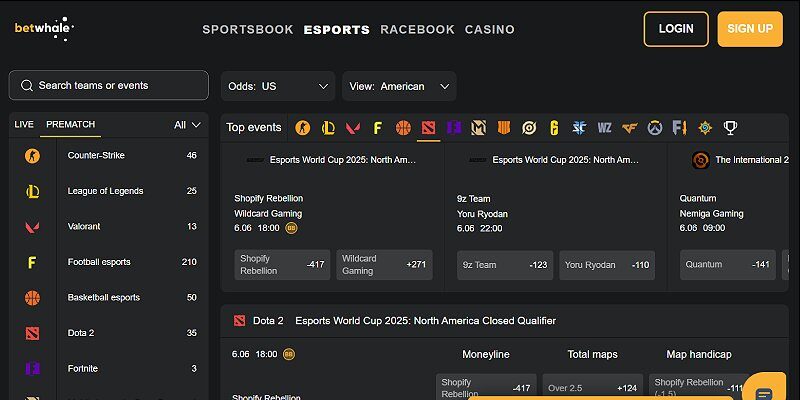
Knowing where to find the data is only half the battle; turning it into actionable predictions requires a strategic approach. A data-centric perspective ensures decisions are informed by long-term trends rather than isolated performances or hype-driven narratives. Draft evaluation is another critical step, as understanding hero synergies, comfort picks, and potential counter strategies often gives a team an edge before the first fight. Contextual factors, such as the difference between lower-bracket pressure and upper-bracket stability, or best-of-1 volatility versus best-of-5 endurance, must also be considered. For bettors, identifying value bets—cases where odds undervalue underdogs or overestimate favorites—can separate profitable predictions from casual guesses. Combining these elements allows predictions to reflect both statistical rigor and situational intelligence.
Lessons from TI 2025
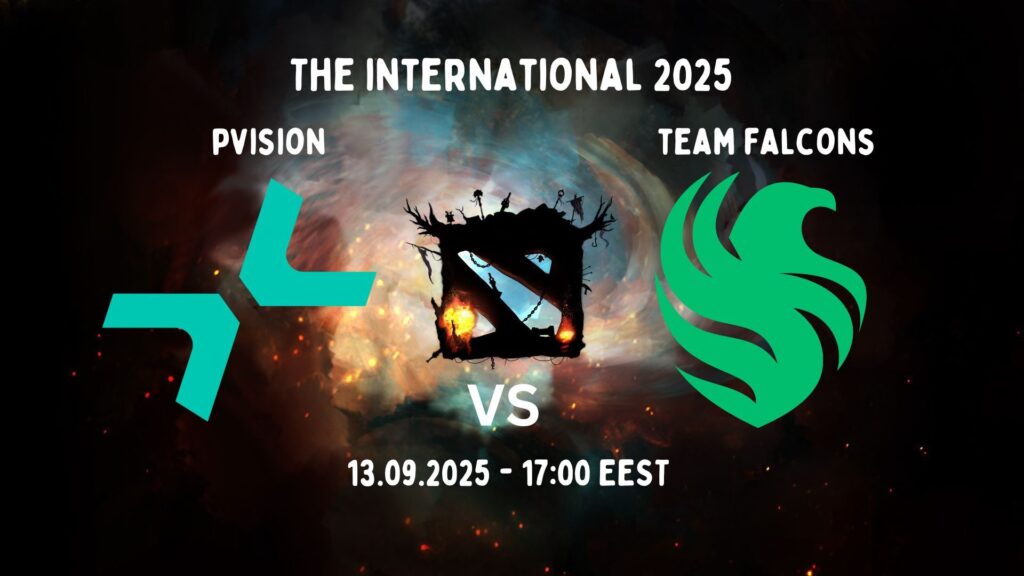
TI 2025 offered several case studies that highlight the nuances of predictive analysis. In the BetBoom vs HEROIC matchup, consistency met adaptability; while BetBoom entered as the statistically favored team, HEROIC’s draft flexibility nearly turned the series, illustrating how underdog momentum can defy expectations. PARIVISION vs Team Falcons showcased how analyzing form and draft synergy can clarify why one team outperforms another, even when hype is evenly distributed. In Xtreme Gaming vs PARIVISION, the lesson was about long-term stability versus short-term streaks, demonstrating that consistent performers often outperform hot streaks in high-pressure environments. These examples emphasize that effective predictions require a holistic view, integrating both quantitative data and qualitative context to navigate the unpredictable dynamics of competitive Dota 2.
Common Pitfalls That Undermine Predictions
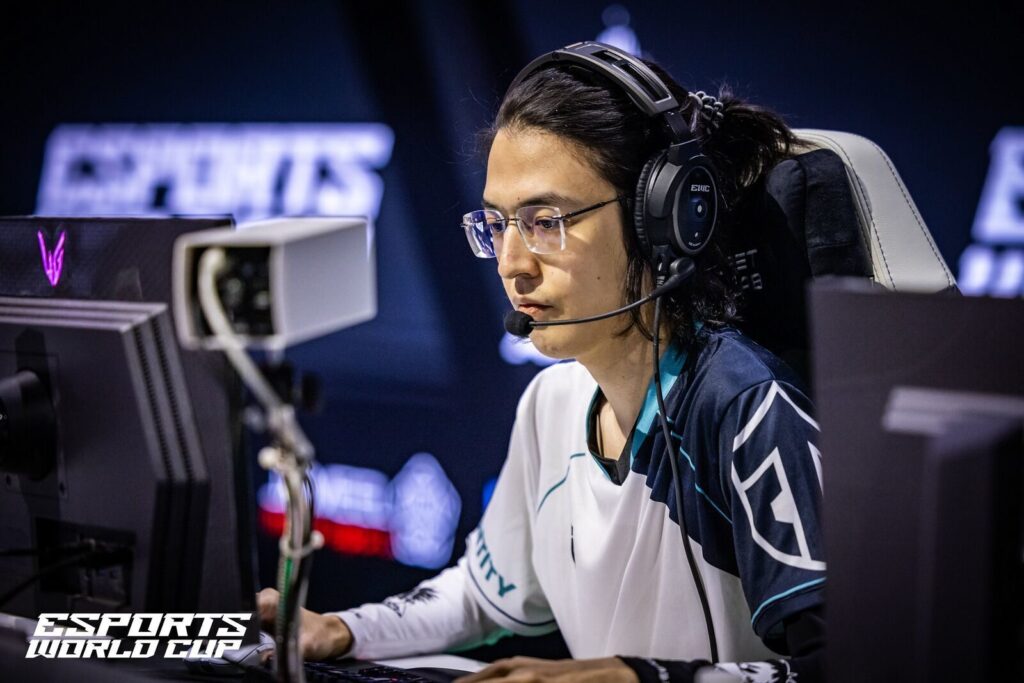
Even experienced analysts can fall into predictable errors when forecasting match outcomes. Overreliance on a single player’s impact, for example, can overlook the collective dynamics that often dictate a match. Ignoring recent patch changes is another frequent mistake; balance adjustments can suddenly shift hero viability and team strategy. Similarly, allowing social media hype or fan sentiment to influence judgment can create skewed expectations that do not reflect actual performance metrics. Awareness of these pitfalls is essential for anyone aiming to make informed predictions, whether for personal enjoyment or competitive betting purposes.
The Future of Dota 2 Prediction Analytics

The evolution of Dota 2 analysis is closely tied to advances in technology. AI and machine learning are poised to make predictions even more precise by weighing complex variables such as draft success rates, early-game decision-making, and player adaptability. Community-driven predictive models are also growing, where fan-contributed insights blend with quantitative data to create a more comprehensive perspective. Finally, real-time predictive tools are becoming increasingly accessible, offering live win probability adjustments as matches unfold. While unpredictability will always be a part of Dota 2, these innovations allow fans and bettors to approach forecasts with greater confidence, understanding, and strategy than ever before.
Conclusion – Dota2 match prediction tips
The practice of Dota2 match prediction tips is about blending data, context, and insight. From evaluating team form and player stats to reading drafts and factoring in situational variables, accurate forecasting requires a multi-layered approach. Predictions aren’t foolproof, but when grounded in analysis and tempered by awareness of common pitfalls, they become a meaningful way to engage with the game. Whether you are a fan seeking deeper understanding or a bettor navigating odds responsibly, integrating these strategies ensures that your predictions are both informed and thoughtful, reflecting the complexity and excitement that define competitive Dota 2.


